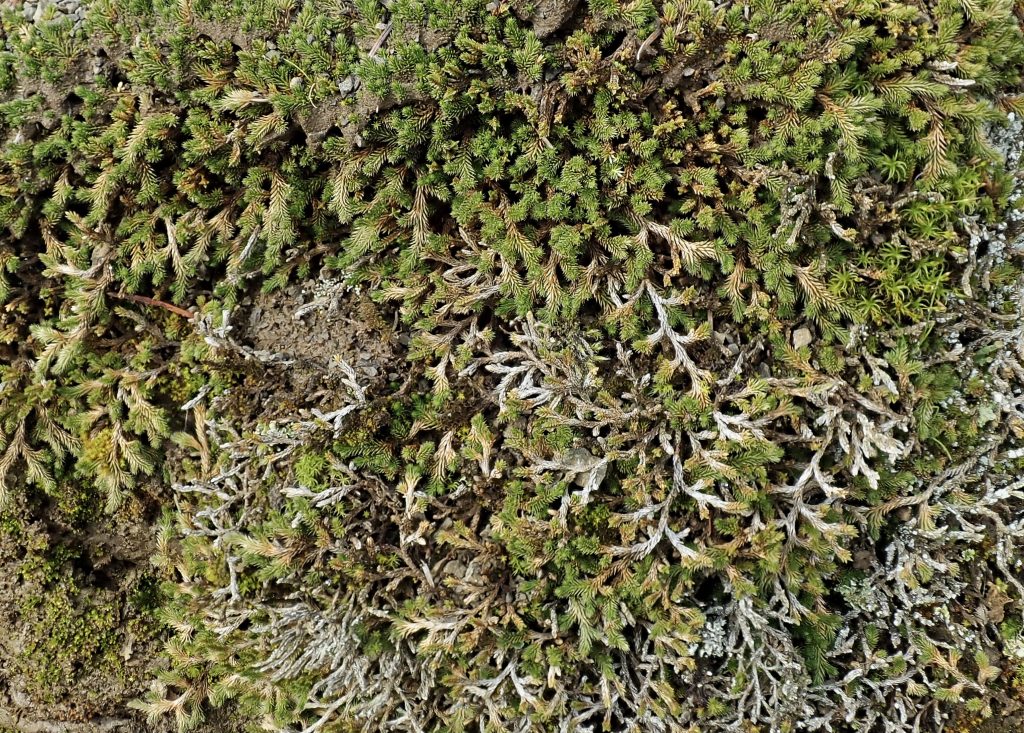
This is something of a companion profile to the one I did yesterday on Niphotrichum elongatum , since they are routinely found together, as they were last Sunday at Drano Lake in Skamania County, Washington. Both of them like rock and gravel, and can often be found in open areas that see a lot of sunshine, and drain rapidly after a rain.
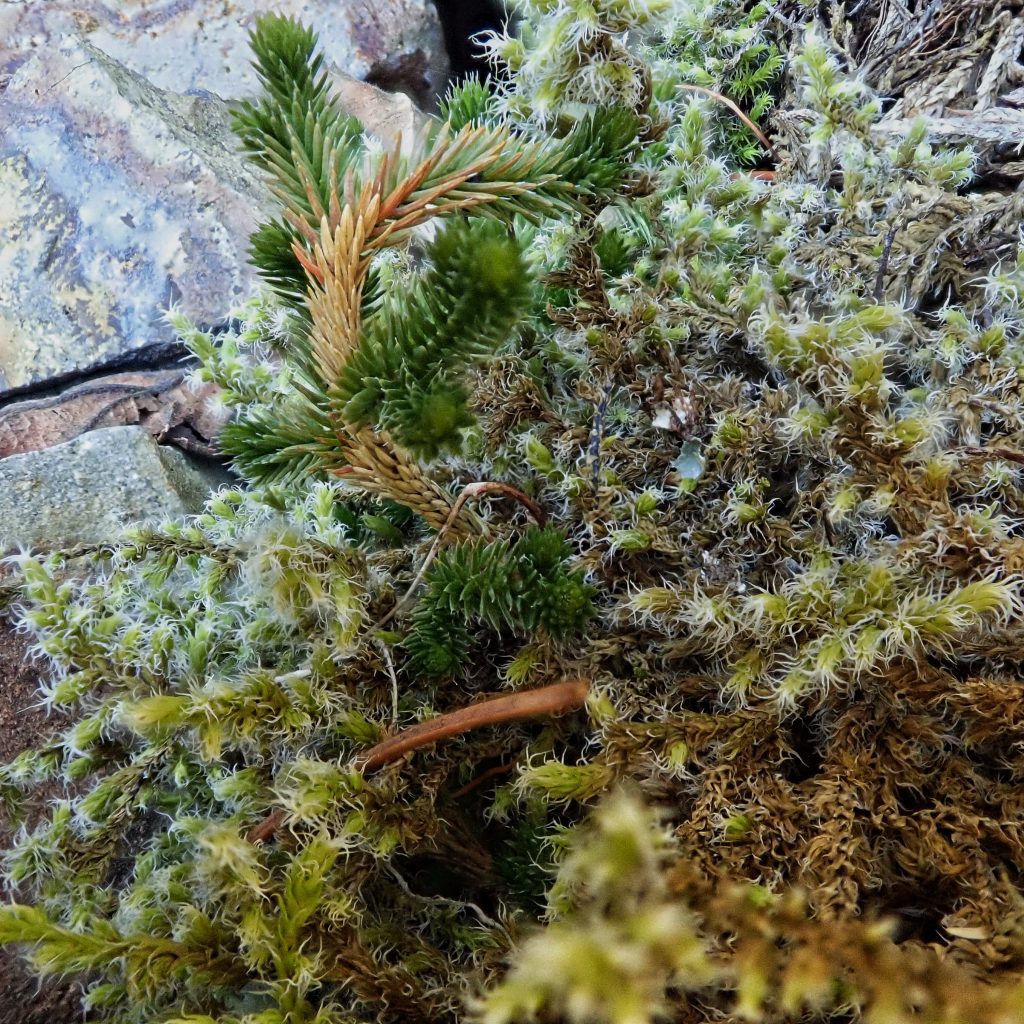
Although they call Selaginella sp. spikemoss, it is not a moss at all. It is a vascular plant, more akin in structure to a fern or horsetail than to a bryophyte. Unlike my mistake with Selaginella douglasii (which I previously profiled, a profile which contains a fuller description of Selaginella in general), S. wallacei is not likely to be confused with a liverwort, since it’s leaves are narrow and opaque. And the stiffness and meatiness of the stem should help rule out any mosses.
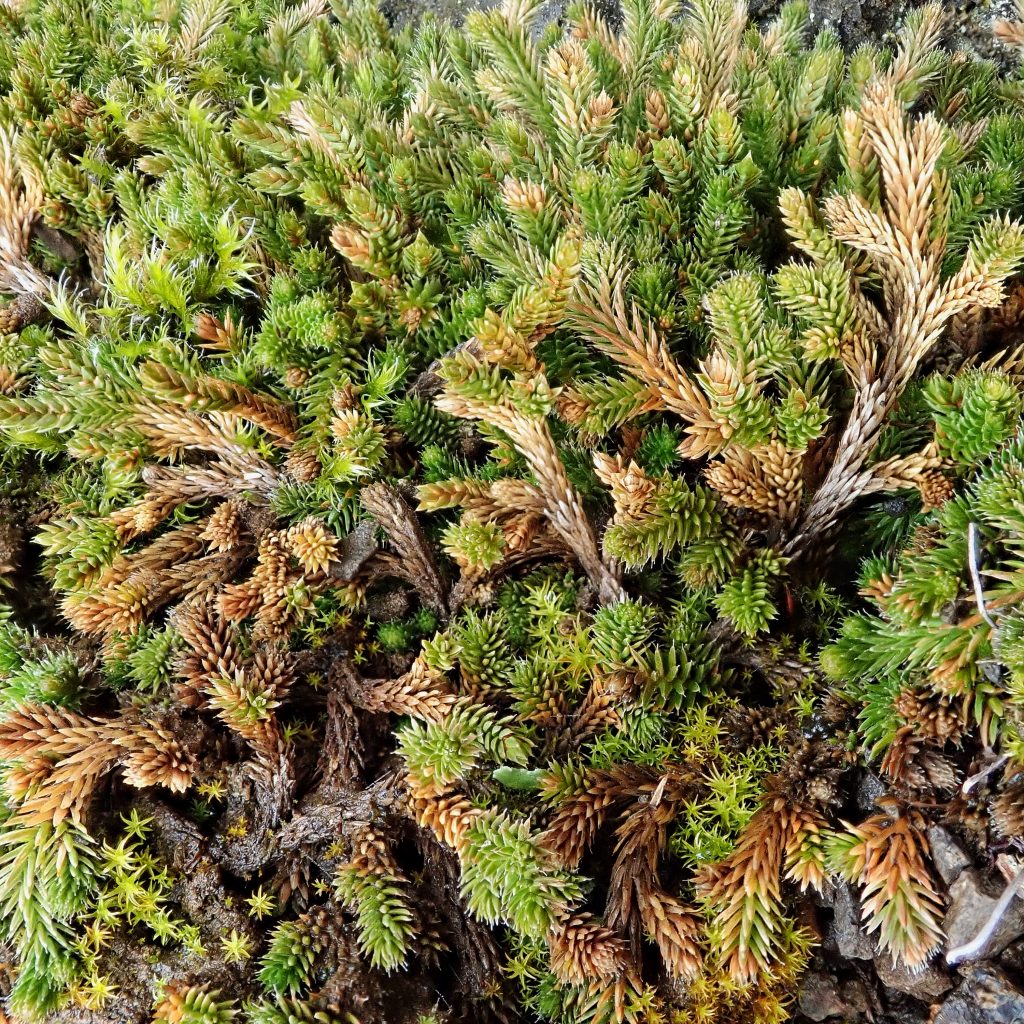
What it most reminds me of when I see it is a miniature version of the dwarf spruce I remember finding on the tundra at Denali National Park in Alaska. It has a very pleasing visual texture, especially in juxtaposition to the almost cottony appearance of Niphotrichum.
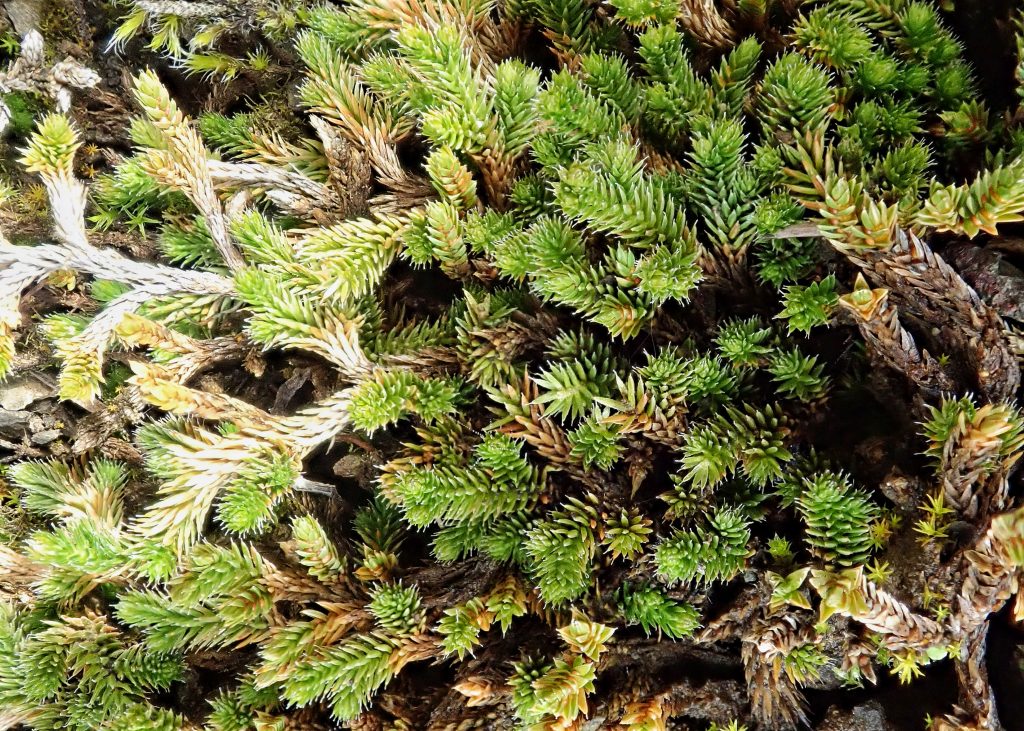
And it has a hardy and primordial feel to it, especially when the old, grey shoots are interspersed like the grey hairs in a king’s beard, as though it’s been there since the rock was formed, unaffected by ice ages, drought, fires, or the vicissitudes of human history.
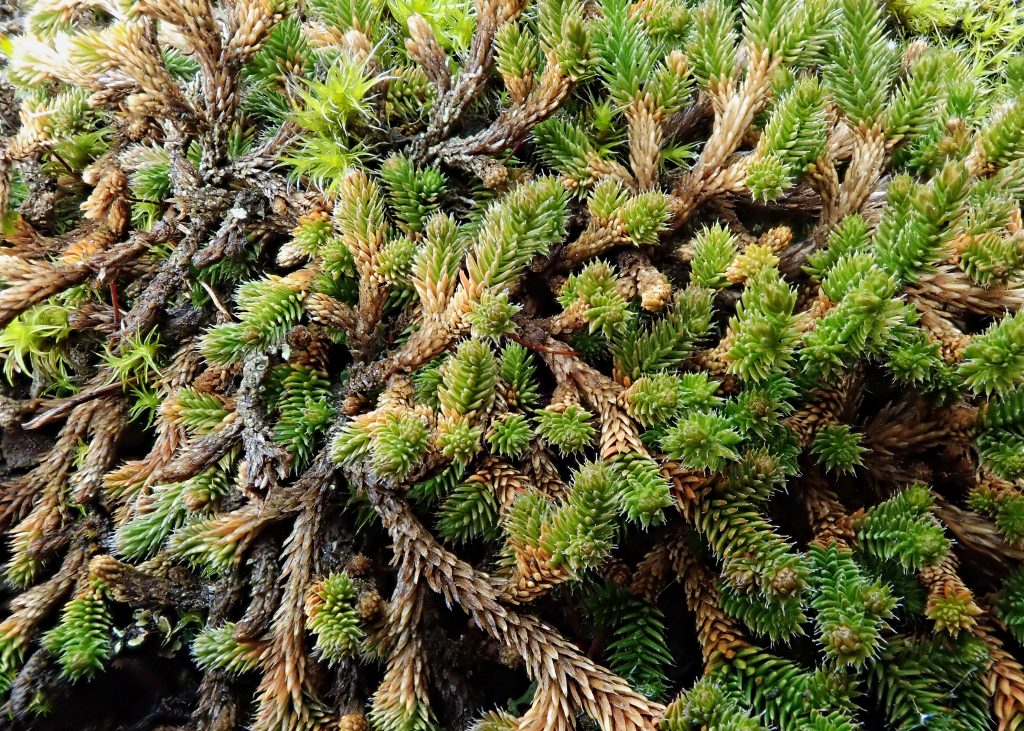
Description-Opaque, dark green, overlapping linear leaves, with well spaced teeth and short, hyaline awns; leaves are inserted directly into stem (adnate); long runners leading to multiple branches; usually mixed with abundant dead, dry, grey branches from previous years; tends to be more mounded in direct sunlight, and more sprawling in shade; cones (strobili) inconspicuous, cylindrical;
Similar species– S. oregana tends to be an epiphyte on trees, is not found east of the Cascades, has leaves decurrent on the stem, and is more sprawling with less branching; S. densa forms thick mounds, and has leaves decurrent on the stem.
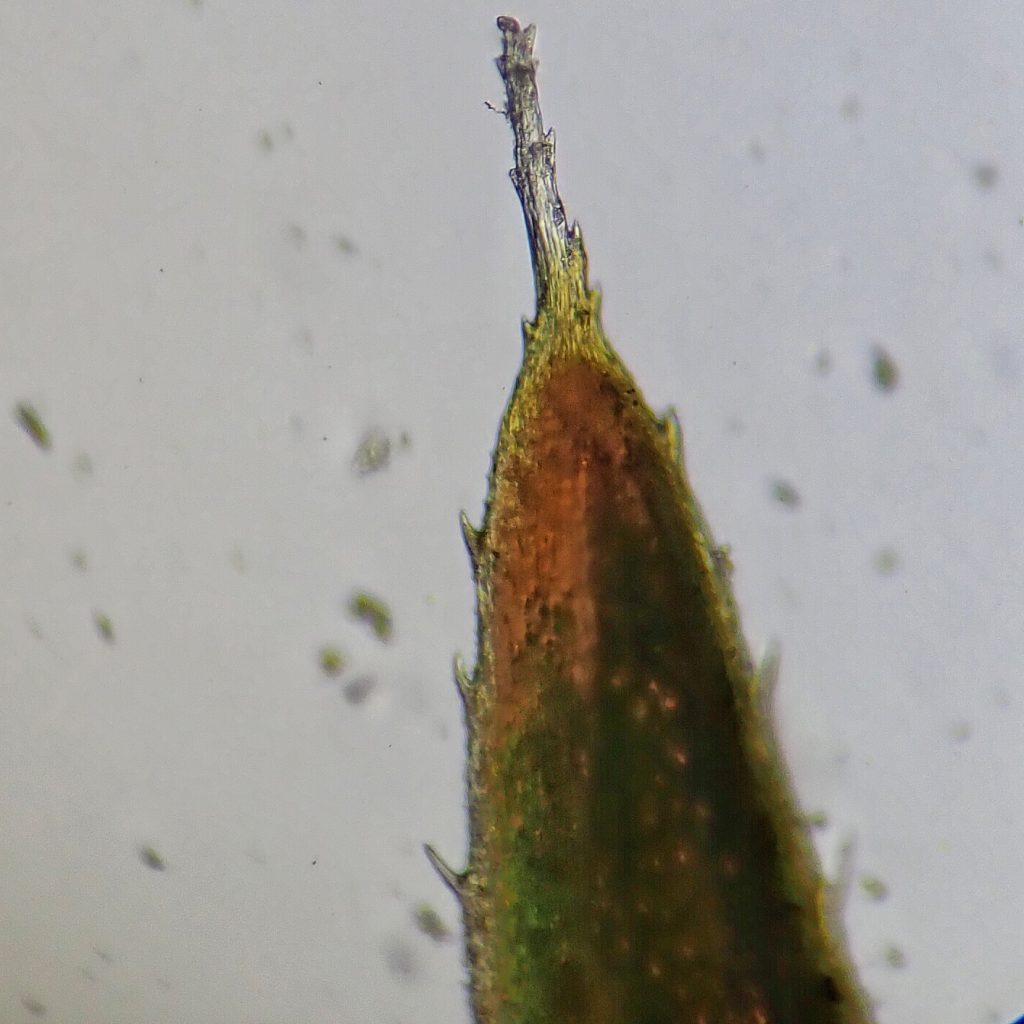
Habitat-On rock or gravel, occasionally on soil, in open or shaded areas up to 6000’ elevation.
Range-Common in all of Washington and in western Oregon, southern BC, northern Idaho, and nw Montana.
Etymology of names–Selaginella is a diminutive of selago, an ancient Latin word for clubmoss. The specific epithet wallacei honors the otherwise unknown Capt. Wallace, collector of the holotype of this species.
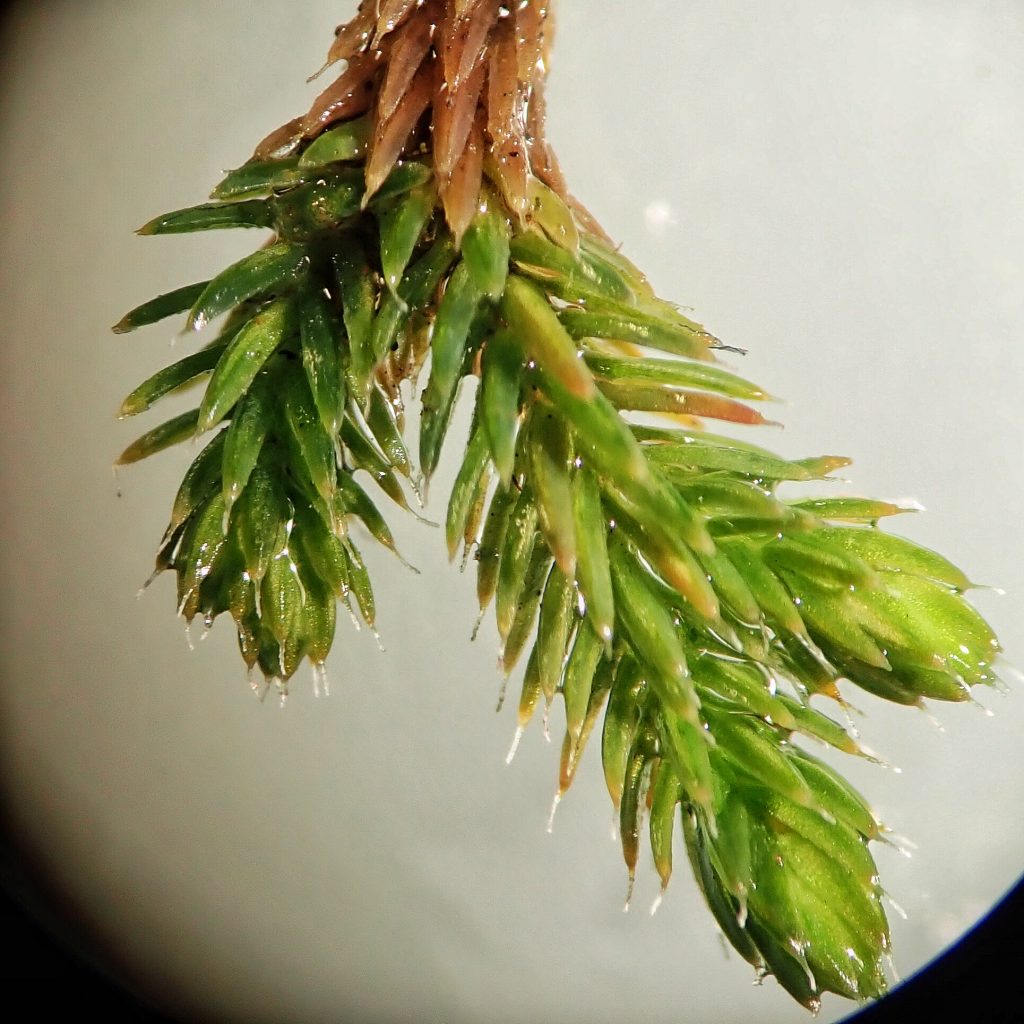
http://www.efloras.org/florataxon.aspx?flora_id=1&taxon_id=233501246
http://linnet.geog.ubc.ca/Atlas/Atlas.aspx?sciname=Selaginella%20wallacei
https://ucjeps.berkeley.edu/eflora/eflora_display.php?tid=44093
http://www.botany.hawaii.edu/faculty/carr/ofp/sel_wal.htm
https://en.m.wikipedia.org/wiki/Selaginella_wallacei
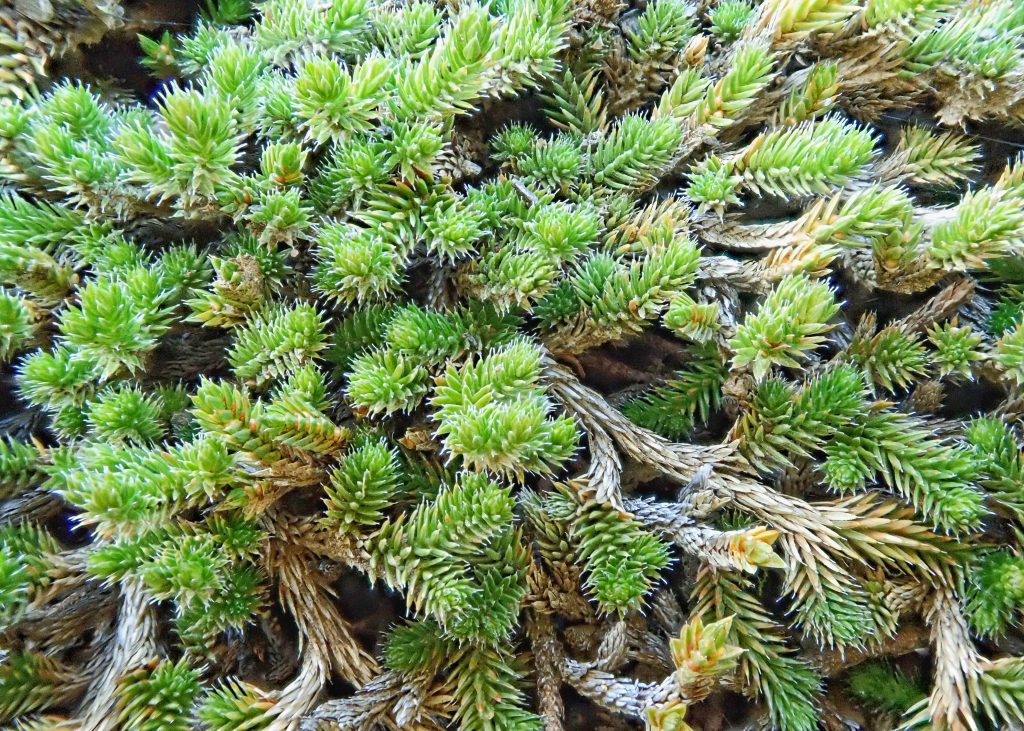
1 thought on “Selaginella wallacei”